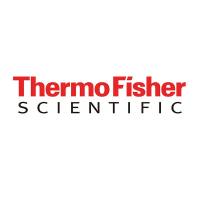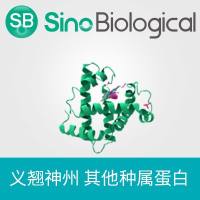Localization of Y-Receptor Subtype mRNAs in Rat Brain by Digoxigenin Labeled In Situ Hybridization
互联网
510
In situ
hybridization histochemistry (ISHH), first described in 1969 (1
,2
), allows a specific complementary RNA species to be detected directly at its site of expression, revealing its cellular localization
and relative abundance. The utilization as a label of digoxigenin (3
), which is not endogenous to mammalian tissue, provides a sensible alternative to radiolabels, having obvious inherent advantages
(e.g., safety, speed, and higher cellular resolution), yet provides comparable sensitivity (4
–7
). The method basically includes the following six steps: (1) probe labeling (the cloning techniques needed to produce suitable
vector templates for cDNA and riboprobe synthesis are not covered in this chapter); (2) tissue preparation; (3) prehybridization
tissue treatment; (4) hybridization; (5) posthybridization washing; and (6) signal detection.









